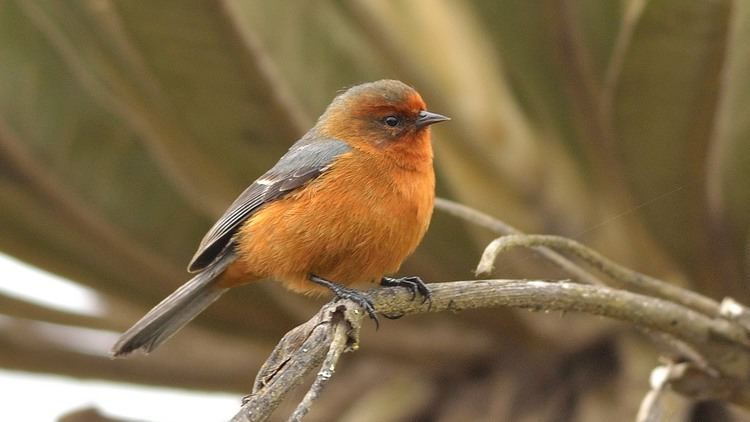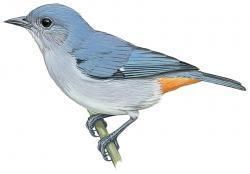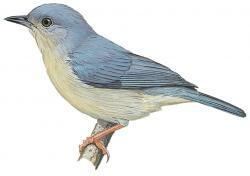Scientific name Conirostrum Higher classification Tanager Order Passerine | Family Thraupidae Phylum Chordata Rank Genus | |
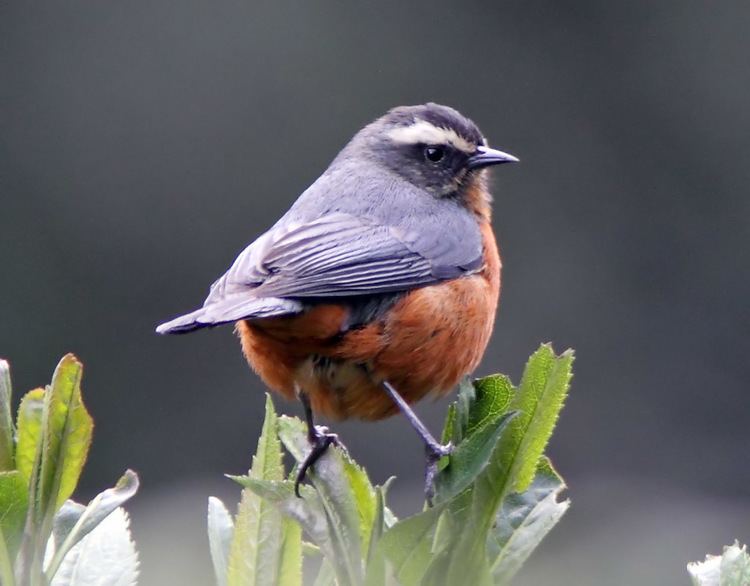 | ||
Lower classifications Cinereous conebill, Chestnut‑vented conebill, Bicolored conebill, Rufous‑browed conebill, Capped conebill | ||
Typical conebills are the tanager genus Conirostrum. They are small tanagers (9–14 cm) found in the forests of South America. They feed in pairs or small flocks by gleaning insects from foliage.
Contents
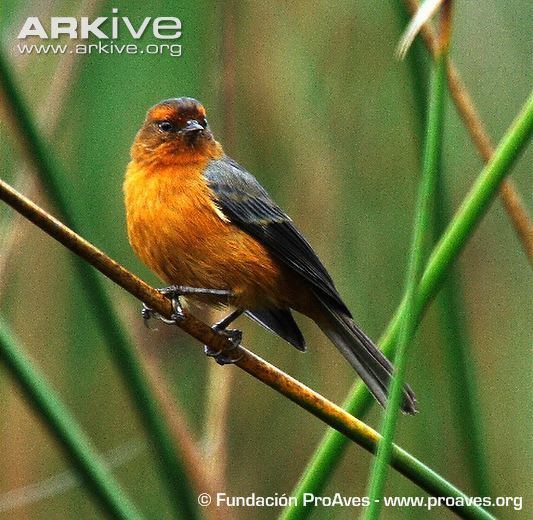
The genus consists of two rather distinct subgenera: The first, Ateleodacnis, possibly deserving full generic status, is confined to lowland areas. They are mostly grey in colour and inhabit deciduous woodlands, mangroves or riverbank habitats. The second group, the nominate Conirostrum subgenus, inhabits the forests of the Andes. They are somewhat more colourful combining grey or blue backs with rufous underparts. Their thin bills led to them being formerly classified as wood-warblers or honeycreepers but genetic data places them firmly in the tanager family and they are now generally considered to belong in the Thraupidae.
The related giant conebill is more distinct: it belongs to the monotypic genus Oreomanes. The record of an apparent intergeneric hybrid with white-browed conebill (Oreomanes fraseri x Conirostrum ferrugineiventre) suggests the giant conebill may belong in Conirostrum possibly in the nominate subgenus.
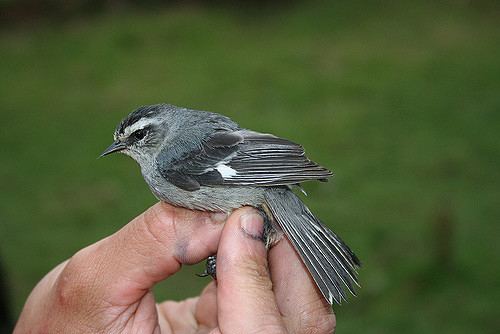
Endemic rufous browed conebill conirostrum rufum bogota birding
Species list
